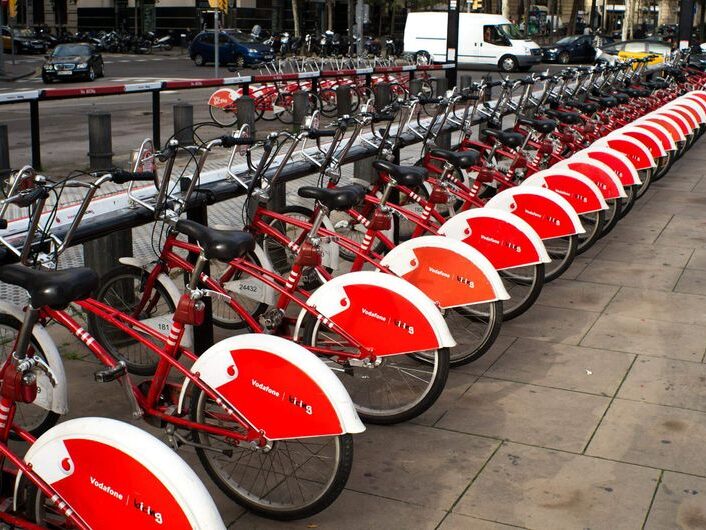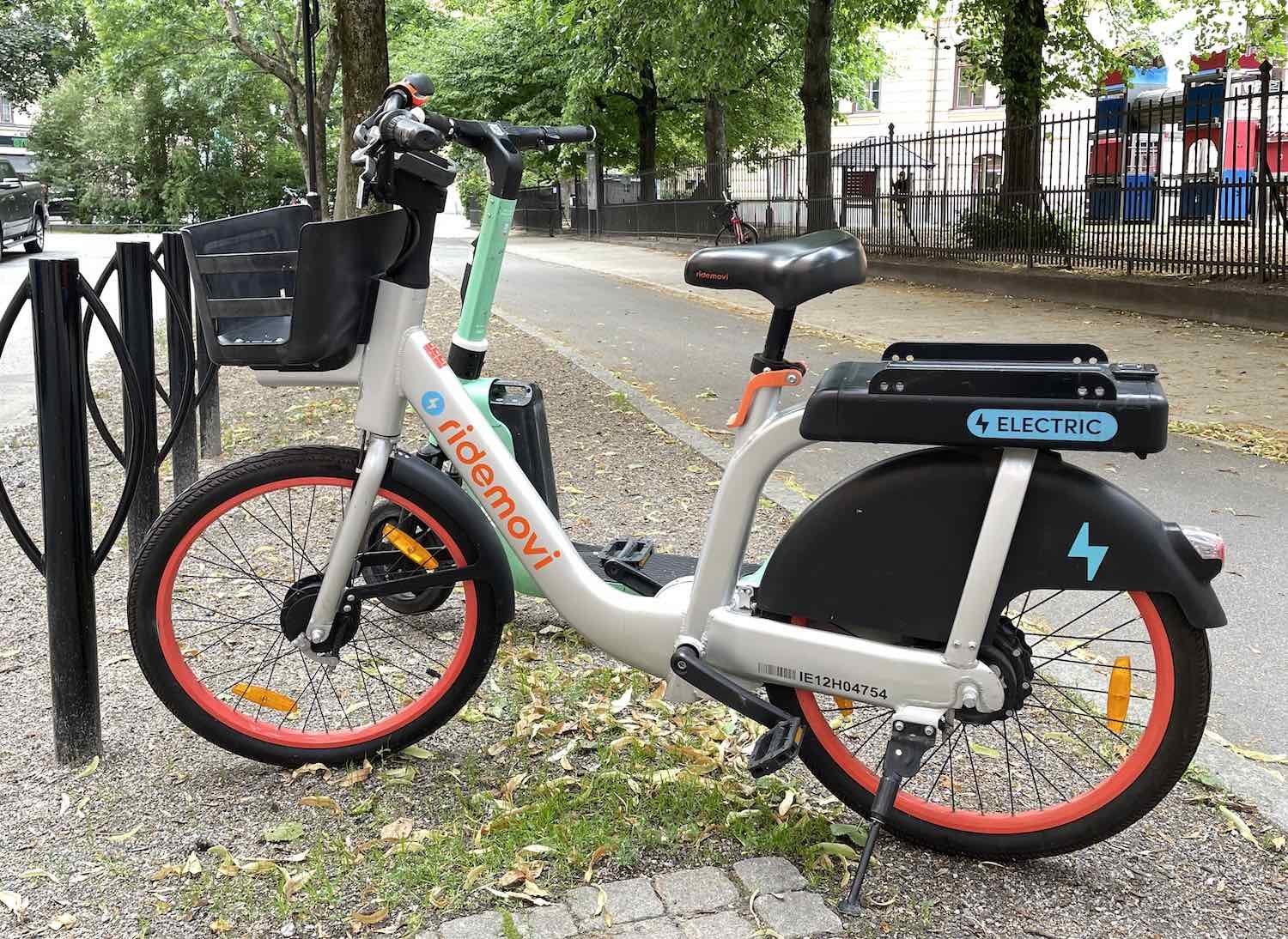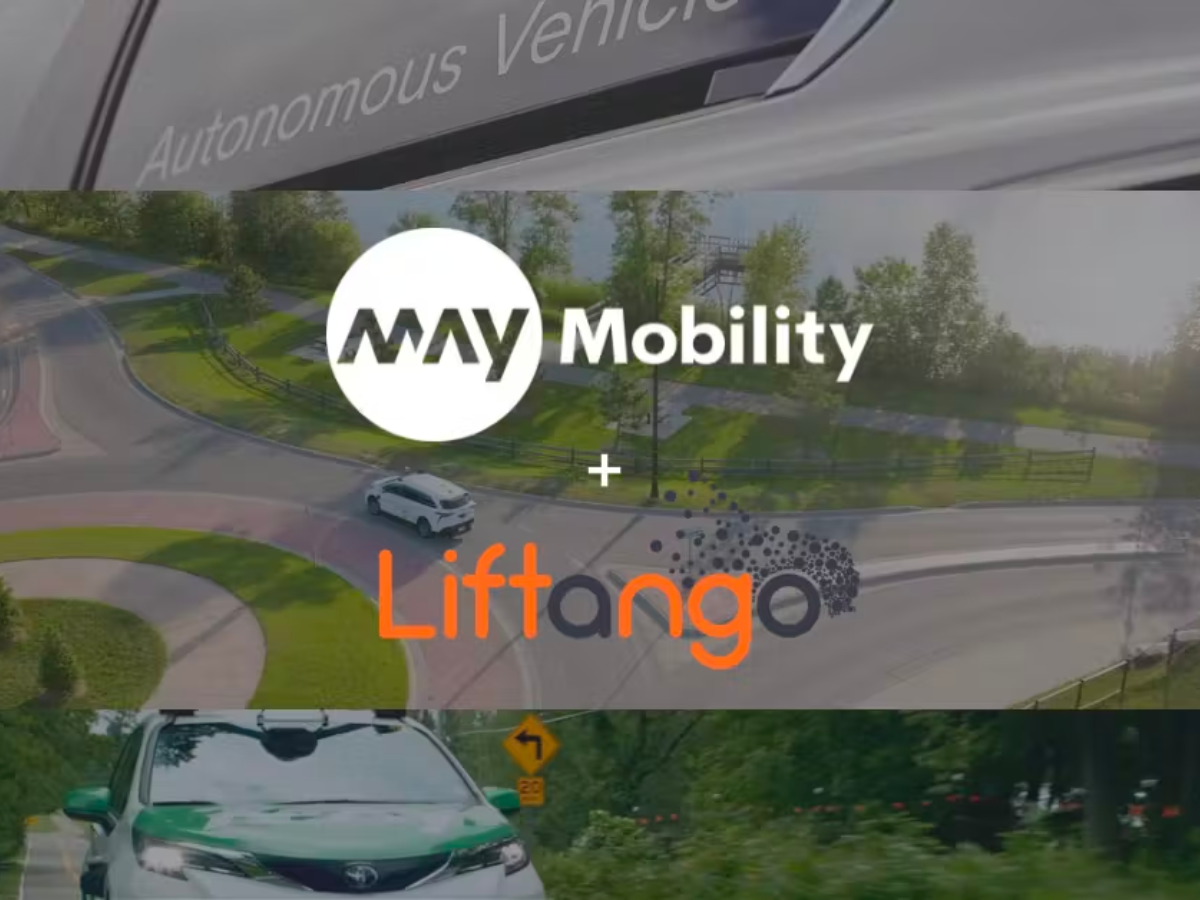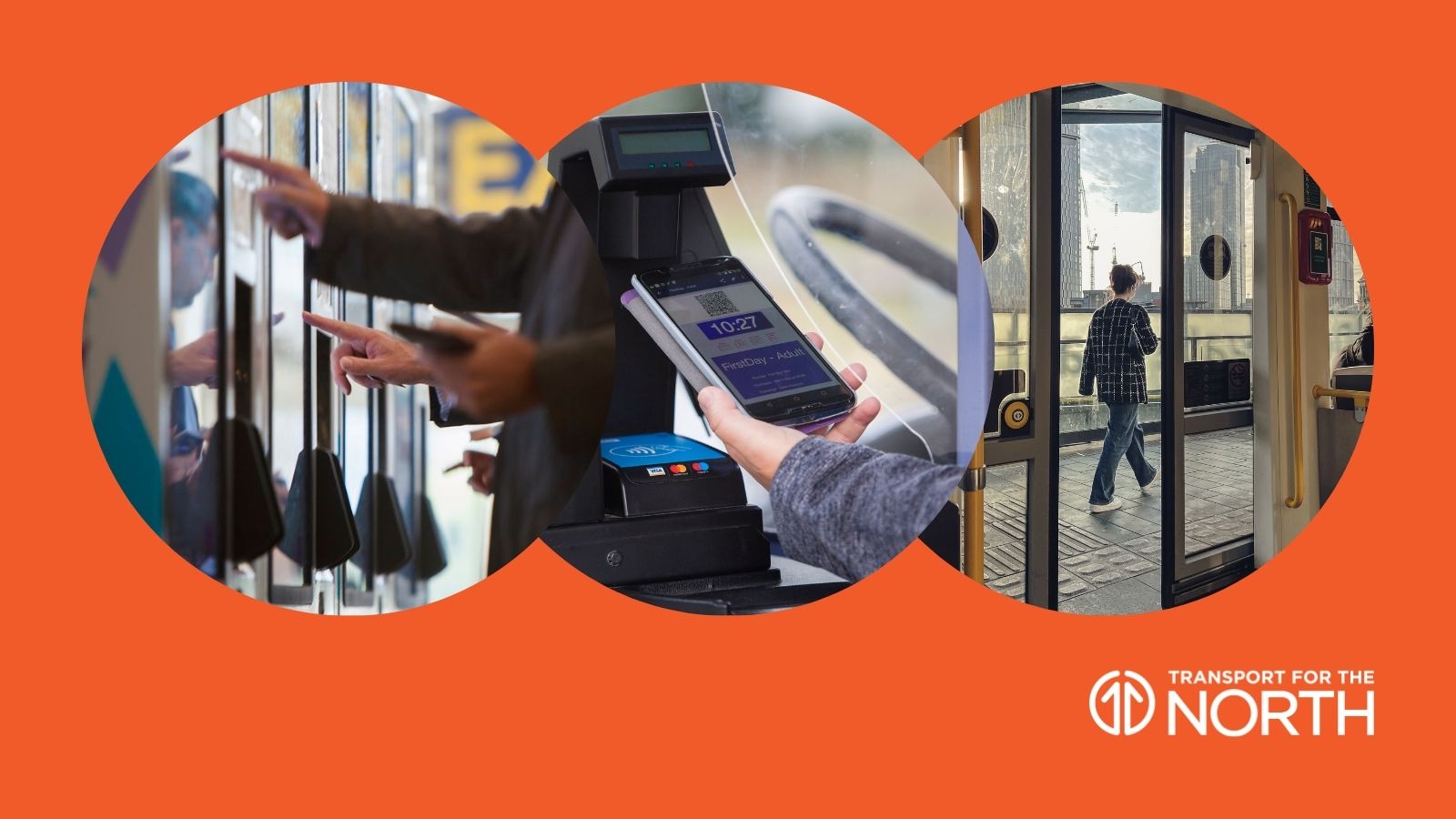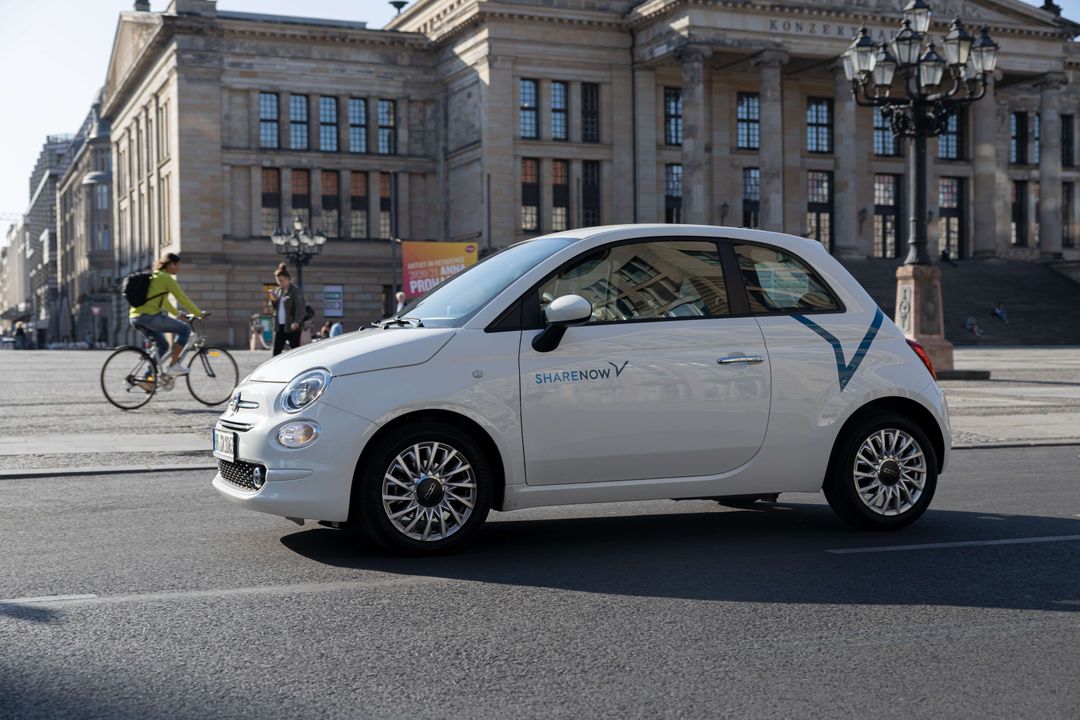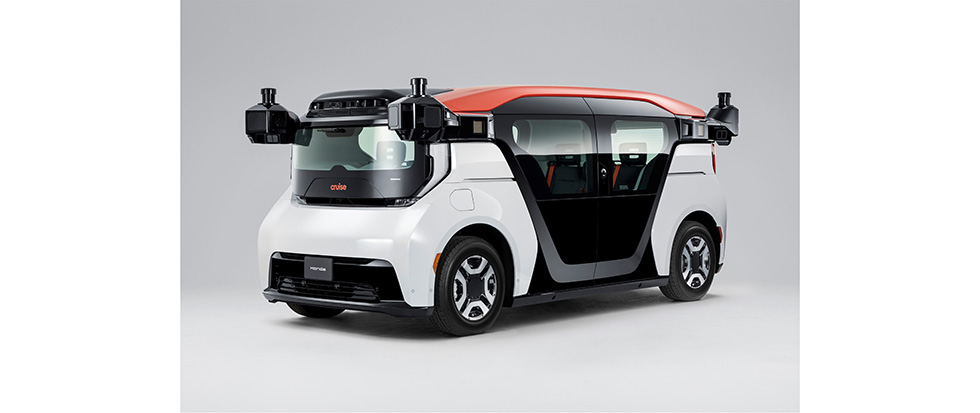With the increasing demand for shared mobility, we’ve seen different business models in the car market: traditional car rental, peer-to-peer car sharing, and on-demand car sharing.
In this blog post, we’re going to compare these business models. We’ll look at the established traditional car rental companies and how they stack up against the newer peer-to-peer and on-demand services. We’ll explore how these companies are doing financially – and make some predictions about their possible future.

Traditional Car Rental
Traditional car rental companies like Hertz, Enterprise, and Avis operate by owning or leasing their own fleets of vehicles. They usually have rental offices and parking lots in strategic locations such as airports and city centers. Customers looking to rent a car make reservations through the company’s websites, mobile apps, or by phone. Typically, customers pay a daily or weekly rate, plus additional costs for mileage and optional services like insurance.
Avis – Proving That Traditional Car Rental Is Going Strong
Avis was founded in 1946 in Detroit, and it quickly established itself as a major player in the car rental market. Avis is best known for its “We Try Harder” slogan, which was introduced in the 1960s and became a symbol of the company’s commitment to customer service. Over the years, Avis has expanded its operations globally.
Avis had a strong second quarter in 2023. They reported $3.1 billion in revenue, with a net income of $436 million. The company saw an increase in usage compared to the same period in 2022, reaching 70.5%. Avis also performed better than expected on Wall Street, with earnings of $11.01 per share – surpassing the estimated $9.79.
At the end of Q2 2023, Avis had around $1.1 billion in liquidity and an additional $1.1 billion for fleet funding. Avis CEO Joe Ferraro credited the strong results to the company’s ability to capitalize on the growing travel demand, particularly during the busy summer season.
Hertz – Usage and Fleet Growth
Hertz was founded in 1918 in Chicago. Over the years, Hertz grew into a global brand, serving both the leisure and business travel sectors. Despite various ownership changes, it has maintained a strong presence in the car rental market.
Hertz also reported a healthy second quarter in 2023. They made $2.4 billion in revenue, mainly due to high demand – rental volume increased by 12% compared to the previous year, and their average fleet grew by 9%.
Each vehicle brought in an average of $1,516 per month during the quarter, thanks to a usage rate of 82%, which was 230 basis points higher than in Q2 2022. As of June 30, 2023, Hertz had $1.4 billion in liquidity, with $682 million in unrestricted cash. Overall, Avis’ old rivals Hertz are doing quite well too.
Peer-to-Peer Car Sharing
Peer-to-peer car sharing allows private vehicle owners to offer their cars for rent through platforms like Turo and Getaround. The vehicles are distributed across various neighborhoods and residential areas, offering a decentralized and more flexible system. Customers can use these platforms to find and reserve their vehicles of choice.
Turo – Promising Financials, Uncertain IPO Plans
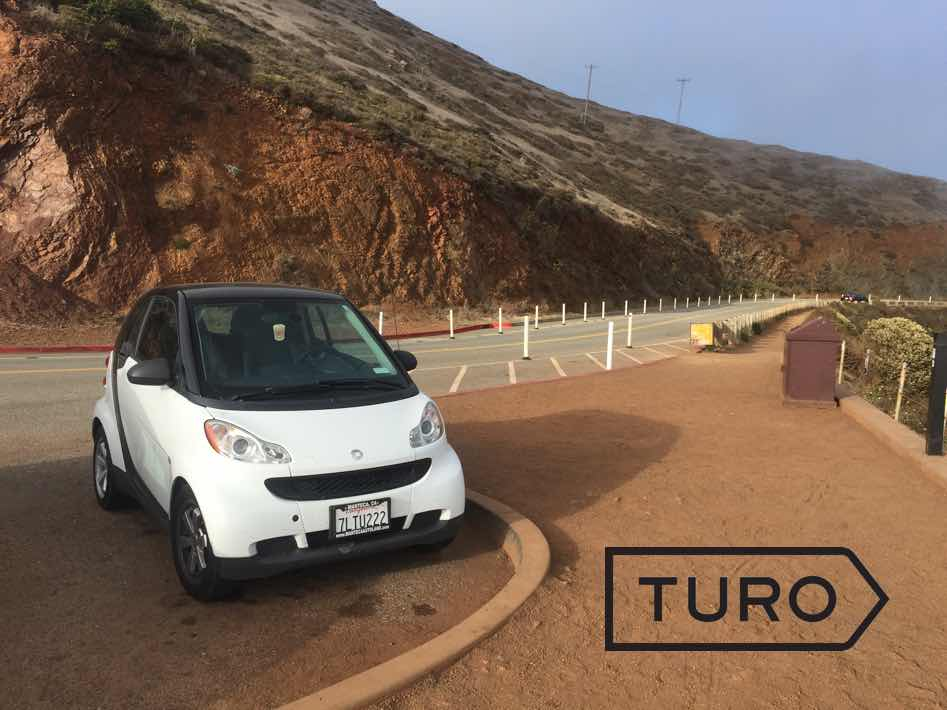
Turo, founded in 2009, began as RelayRides and was later rebranded. Turo offers an online platform that allows individual car owners to rent out their vehicles to other people when they are not using them. The company provides a marketplace where people can list their cars for rent, and renters can search for and book vehicles for short-term use.
Turo has gained popularity as a more flexible and often cost-effective alternative to traditional car rental services. It allows car owners to monetize their vehicles when they’re not in use and provides renters with a wide selection of cars to choose from.
Turo, valued at $1.2 billion in 2019, has seen promising financials. In 2022, they earned $746.59 million, up 59% from the previous year, with 320,000 vehicle listings. They went from substantial losses in 2019 and 2020 to a net income of $154.66 million in 2022.
Turo also grew its marketplace, engaging with 160,000 active car owners and 2.9 million riders worldwide by the end of 2022. However, according to their S-1 filing, they anticipate increasing expenses in the future, which might challenge their profitability.
Turo applied for an IPO on the Nasdaq in 2022 but didn’t proceed. The IPO plans were delayed, likely due to challenges like the 2022 tech downturn. However, recently, Turo revived its plan to go public and could list their shares in the fall of 2023.
Getaround – An Uncertain Future

Getaround is another popular peer-to-peer car-sharing platform that allows individuals to rent out their personal vehicles to others when they are not using them. It’s often referred to as the “Airbnb of cars.” Introduced in 2011, it is currently accessible in over 1,000 cities in the United States and Europe.
In 2022, Getaround earned $62.3 million in revenue. However, they reported an EBITDA of -$25.0 million, indicating that its operating expenses exceeded its earnings. Overall, the company experienced a net loss of -$46.8 million for the year. Getaround’s total assets were valued at $217.1 million.
During its public market debut in 2022, Getaround witnessed a significant decrease in its share value, plummeting by as much as 65%.
In March 2023, the company got a notice from the New York Stock Exchange saying it didn’t meet the requirements. This was because their average global market capitalization over 30 consecutive trading days fell below $50 million, and their reported stockholders’ equity was also below $50 million.
Overall, Getaround’s stock market troubles and weak finances make their future uncertain for now.
On-Demand Car Sharing
On-demand car sharing services like Zipcar and Share Now (formerly Car2Go) maintain their own fleets, which are parked throughout cities in designated spots or on the streets. Customers can access these vehicles in real-time using mobile apps. The pricing structure usually includes fuel, maintenance, and insurance.
Share Now – Downsizing, Acquired by Stellantis
Share Now, a German carsharing firm born from the merger of Car2Go and DriveNow, now operates as a subsidiary of Stellantis’ Free2Move division, offering car sharing services in European urban areas. It has over four million registered members and a fleet of 14,000+ vehicles across 18 European cities.
In late 2019, ShareNow announced the closure of its North American operations due to competition, increasing operational costs, and limited support for electric vehicles. Service in London, Brussels, and Florence was also discontinued.
On May 3, 2022, Share Now was acquired by Stellantis, with the ownership now managed by Stellantis subsidiary Free2Move, following the closure of the acquisition on July 18, 2022.
CityBee – A Success Story in Baltics
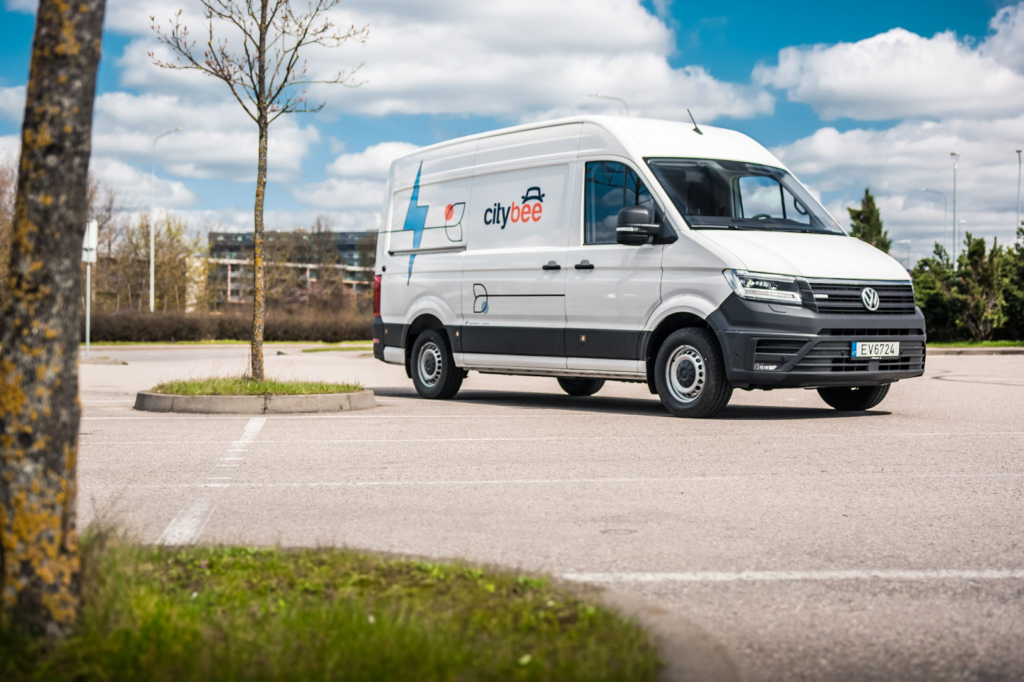
CityBee, founded in 2012 in Lithuania, started as a car-sharing service primarily aimed at businesses. It now operates in the whole Baltic region. Customers can choose from a variety of vehicles, including cars, vans, bikes, and electric scooters. The fleet also includes electric and hybrid cars. CityBee takes care of insurance, fuel, and parking fees in CityBee areas.
In 2022, CityBee reported a sales revenue of €33,168,028, slightly down from the previous year’s €39,814,173. However, the company’s profitability surged, with a profit before taxes of €2,193,820 – a substantial increase from the €968,722 in 2021. This also resulted in a higher profit margin of 6.61% in 2022, compared to 2.43% in 2021.
CityBee saw its net profit rise to €1,857,517 in 2022, a substantial increase from the €876,986 in 2021. The company’s equity capital also grew to €4,688,176, indicating a stronger financial foundation. CityBee shows that on-demand car sharing can succeed with the right approach in the right market.
There’s Room for Different Business Models
The shared car mobility market is large enough for different solutions to exist together – especially with car ownership costs going up. Companies like Hertz and Avis demonstrate that the traditional rental model remains relevant and holds significant profit potential.
Despite financial challenges, peer-to-peer car sharing and on-demand car sharing are attracting a fresh customer base. Peer-to-peer car sharing offers a more personal touch by letting people rent their own vehicles. On-demand car-sharing services are a great solution for urban residents, offering quick pay-as-you-go access to vehicles.
While the position of traditional car rental giants might seem unshakeable, it’s a fast-moving, evolving market. Regional success stories – such as CityBee – certainly prove that challengers are not asleep.
If you own a fleet, operate a car rental business, or are looking to get into one, ATOM Mobility can equip you with an end-to-end software suite that will put you miles ahead from competition.
This article was originally published by ATOM Mobility.





